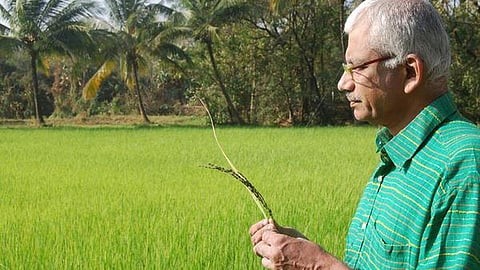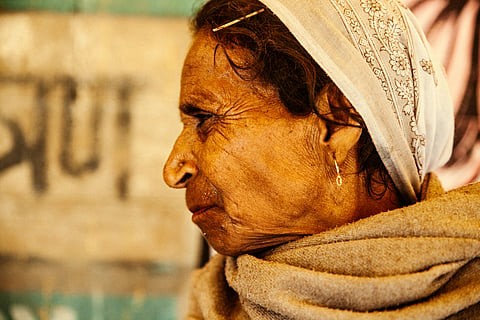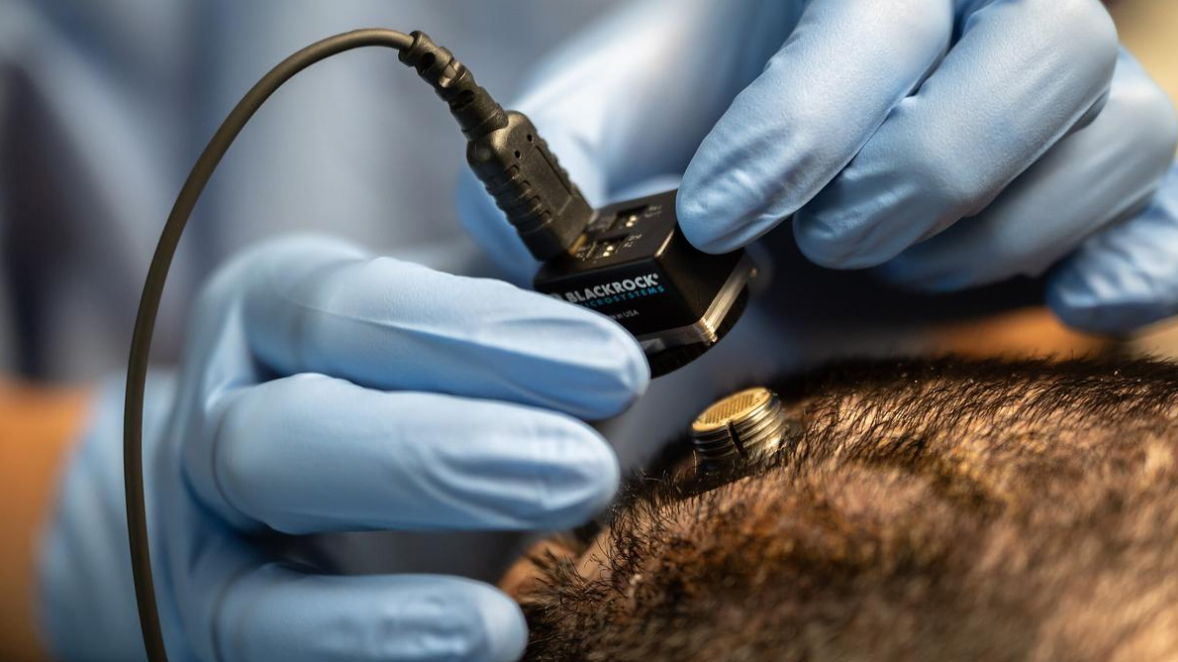




Copyright infringement not intended
Picture Courtesy: THE HINDU
GenomeIndia’s proposal call lacked transparency on phenotype data availability, raising researcher concerns.
It is a scientific initiative led by the Department of Biotechnology (DBT), under the Ministry of Science and Technology. It aims to map the genetic diversity of the Indian population by sequencing the genomes (complete DNA sets) of 10,000 Indians.
Launched in January 2020, the project involves 20 top research institutions, including the Indian Institute of Science (IISc) in Bengaluru, which coordinates the effort.
The goal is to understand how genetic variations affect diseases, health, and drug responses across diverse ethnic and regional groups. This data helps create a unique “Indian reference genome” to promote personalized medicine, improve disease prevention, and develop targeted treatments.
Significance of the GenomeIndia Project

The project collected blood samples from over 20,000 people across 83 population groups, including 30 tribal and 53 non-tribal communities. Scientists sequenced the genomes of 9,772 individuals and gathered phenotype data. This information ensures the samples come from healthy individuals and supports research on genetic links to health conditions.
Phenotypes are the observable characteristics or traits of an organism resulting from the interaction of its genotype (genetic makeup) with the environment. In human research, phenotypes include physical traits (height, weight), physiological measurements (blood pressure, glucose levels), disease manifestations, and other measurable characteristics.

|
The Phenome India project was launched by the Council of Scientific and Industrial Research (CSIR) in December 2023. It focuses on understanding and predicting cardio-metabolic diseases—health conditions like diabetes, liver diseases, and heart diseases—in the Indian population. |
In January 2025, DBT announced a call for proposals titled “Translational Research using GenomeIndia Data.” This invited Indian scientists to submit research ideas using the project’s genetic and phenotype data. The original deadline was February 28, 2025, but DBT extended it to March 31, 2025, after receiving many questions about the data available.
Concern raised
DBT didn’t clearly specify what phenotype data researchers could access. A phenotype is the observable traits of a person, like height or blood pressure, influenced by genes and environment.
The project collected detailed phenotype data, but neither the initial call, the extended deadline notice, nor the GenomeIndia website listed these details. This lack of transparency confused researchers, especially those not directly involved in the project.
Experts noted that DBT completed the proposal call without sharing a “data dictionary” (a detailed list of available data). Researchers outside the 20 GenomeIndia institutions didn’t know what phenotype data they could request, making it hard to design their proposals.

List all phenotype data available on the GenomeIndia website, making it accessible to all researchers.
Expand schemes like One Nation One Subscription to include private institutions, ensuring equitable access to research articles.
Engage more researchers from diverse institutions to maximize the project’s impact.
Must Read Articles:
WHY GENOME INDIA PROJECT MATTERS
GENOME INDIA PROJECT COMPLETED
Source:
|
PRACTICE QUESTION Q. What is the Genome India Project? Briefly explain its objectives and significance for public health in India. 150 words |






© 2025 iasgyan. All right reserved